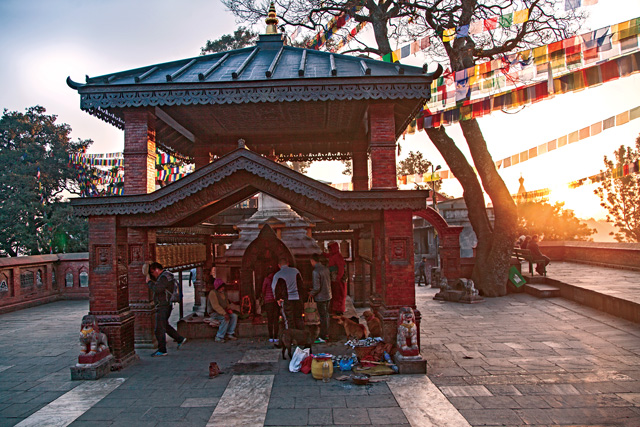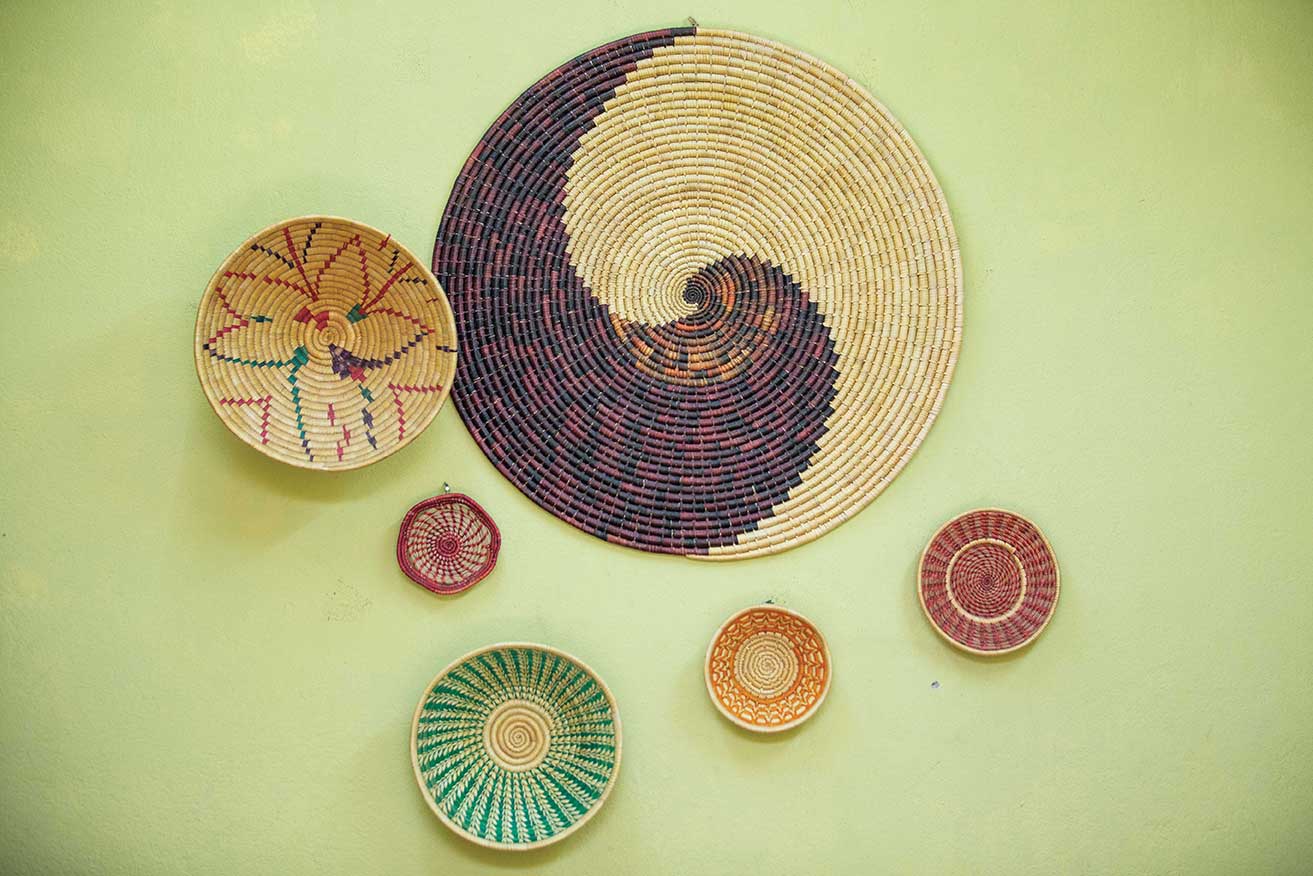Come Vasanta Panchami, the 5th day of the bright fortnight of the lunar month of Magh, the temples of Goddess Saraswati will see flocks of devotees of various age group, all seeking her blessing for ultimate wisdom. Among the large pantheon of Hindu deities, Saraswati is considered to be one of the few important goddesses who has remained significant in later Hinduism. and is worshipped with the same fervor even today.

The earliest reference about her is to be found in the Rig Veda, as the manifestation of a river, on the bank of which Vedic hymns were composed and Vedic culture developed. The Puranas record various interesting accounts about the origin of the deity. Some narrate her to be created by Brahma, the supreme creator of the universe. In others, she is conceived as his wife, while some describe her as his daughter.
She is worshipped primarily as a goddess of speech, learning, and the fine arts, and occupies pedestals and shelves of a large number of institutions devoted to the pursuit of learning. Her early associations with water, fertility, and prosperity are almost forgotten. The Rig Veda invokes her as the ‘impeller of true and sweet speech and awakener of happy and noble thoughts’. Like every other Shakti deity in Hinduism, Saraswati, too, is associated with a male deity, the unparalleled Brahma.
In his book about mandalas and yantras, Gudrun Buhnemann mentions that the hexagram, called the srimandala, is considered as an auspicious symbol of the goddess, therefore adorning the logos of numerous educational institutions in Nepal. She sits on a lotus, with a swan as her vehicle, symbolizing purity and chastity. The Agni Puran, which provides iconographical descriptions of various Hindu deities, mentions her as carrying in her three hands, a string of beads, a book, and a veena, denoting learning, art, music, and creativity, while the fourth is in the posture of varada (boon-conferring), or sometimes the abhaya (imparting fearlessness).
Some of Saraswati’s early idols depict her as two-armed. As the goddess of learning, she is often referred to as Vagisvari, Sarada, Bharati, etc., having different vahanas associated with different situations. In Nepal, particularly Kathmandu Valley, images of the deity can be found seated in lalitasana, on a lotus, or in the standing posture, or samabhanga mudra. Standing idols sometimes have two arms, and sometimes four. The right hands hold rosary beads, while the left hands hold a book and an ink pot. Most seated idols are four-armed; the two right hands hold the rosary beads and the veena. When without the veena, the right hand is in abhays mudra, the gesture of fearlessness, and the left in varada mudra, or the boon conferring posture.
Her symbol of music, the veena, is mostly absent when standing. In the earlier idols, the veena was shorter and more slender, however, after the 18th century, the shape of the veena started resembling the present day guitar, opines Scholar Rukmini Pradhan. Although depiction of the goddess with her vehicle, the swan, was a rarity before, large numbers of the idol seated on the swan, holding the veena, can be seen today. The present day depiction also sees the use of abundance jewelry on the neck arms, ears, and waist, with elaborate headdress and a very prominent halo. Her association with Lord Ganesh is evident from the small idols of the elephant-headed god placed at the base of her imagery, or in some cases, separately. Pradhan, in her book, mentions that this feature is the development only of the 17th century.
The most talked about Saraswati idol in the last century was a 16th-17th century figure in Kamalpokhari of Pharping. In the early 1980s, there was an attempt to steal the idol, but the thieves were unable to remove it. However, they managed to break the head and the right leg, destroying the beauty of the composite figure. Currently, these missing body parts have been replaced by clay parts, which look very unnatural. In 1999, however, the head was repatriated from the U.S., and now resides in the National Museum in Chauni.
This idol was exceptionally breathtaking, depicting the closed-eyed goddess seated on a lotus pedestal, immersed in playing her instrument. Seated in a comfortable lalitasana, the statue is almost four feet in height. The four arms of the figure seem exceptionally long, probably to highlight the monumentality of the figure. Her lower two arms seem as if she is playing the veena, whereas the above two hands hold the rosary beads and the book of knowledge. The veena can be seen as a slender instrument, but damaged in the upper portion. She wears a minimum of jewels on her hands, neck, arms, ears, and legs, but has an elaborate headdress. The transparent drapery clinging to her proportionate body clearly depicts her sensual curves, considered as a great achievement of the artists of the time.
It is believed that the goddess endows worshippers with the powers of speech, wisdom, and learning. Currently, schools throughout the country are preparing for the festival, which will be celebrated on February 1 this year. Be sure to visit any one of the numerous Saraswati temples scattered around the valley: at Syambhu, Jaivageswari, near Kamaladi Ganesh temple, Thamel, Hadigaon, Pashupati, Itumbahal, Balkumari, and Sundhara, at Patan, at Sankhamula, Hanumanghat, Sukuldhoka, and Dudhpati, Bhaktapur, at Pharping, Chapagoan, Budaneelkantha, Kirtipur, etc. Be blessed in abundance by the goddess, for the virtue of wisdom transgresses all other capabilities acquired by man.
The author is a scholar in Nepali culture, with special interest in art and iconography. She can be reached at swostirjb@gmail.com










